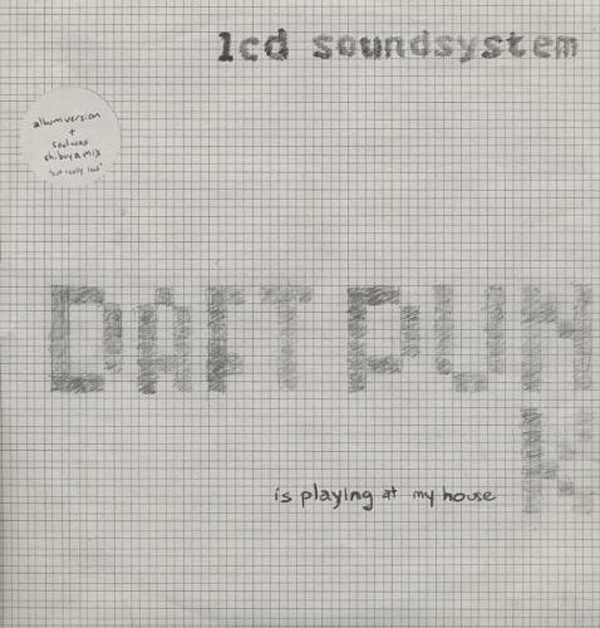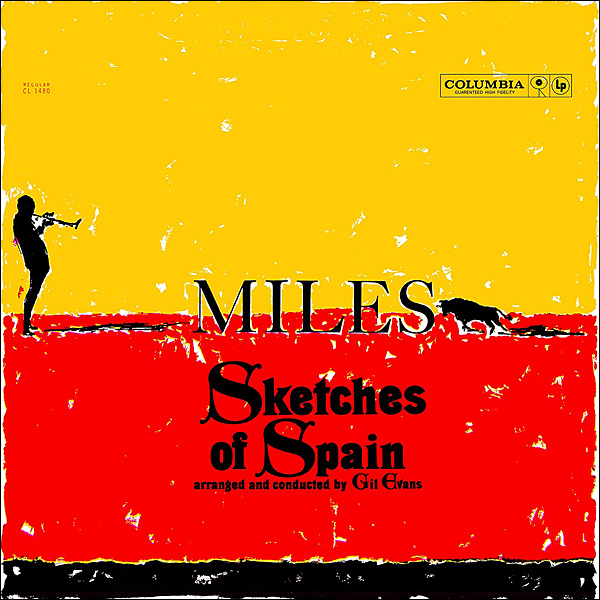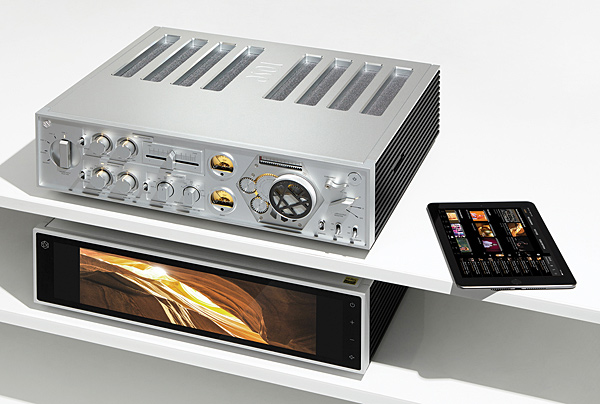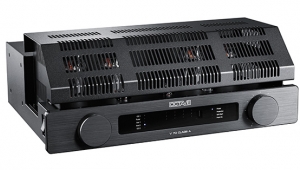| Columns Retired Columns & Blogs |
Hi
Indeed. I still recall my gourmet friend who goes for international foods on his offshore business trips, told me:
"Japanese cuisines are for the look (artistic-like display on the plate), Chinese food is for the taste & western cuisines are for the smell."
Yes, many auido fans like to "listen" with their eyes first. But not for me, in any audio shows, if the music does not sound right before I walk in the demo room, I don't even both to walk in at all.
If the music comes out from the demo room sounds OK, then I would walk in & sit down & listen for a few minutes. If it sounds really nice, then I would start to ask questions.
Otherwsie, I would just say thanks & walk out without further questions. That's it!
Likewise, for any audio studios ! Sound always comes first before I bother the look & price.
I design/built/upgraded audio rig at home looks like cheap crap, yet I love spend numberless hours of my leisure time there to enjoy the music masters re-performance there.
Listening with my own ears is believing
Jack L




















































